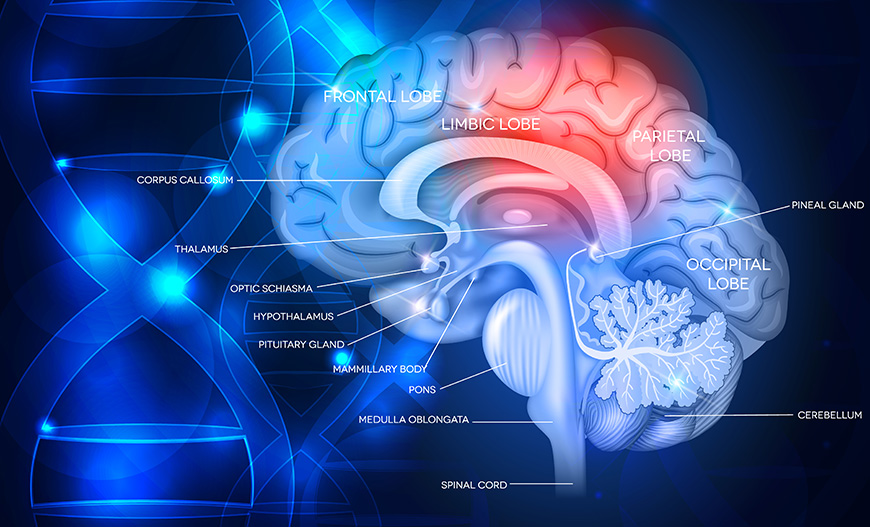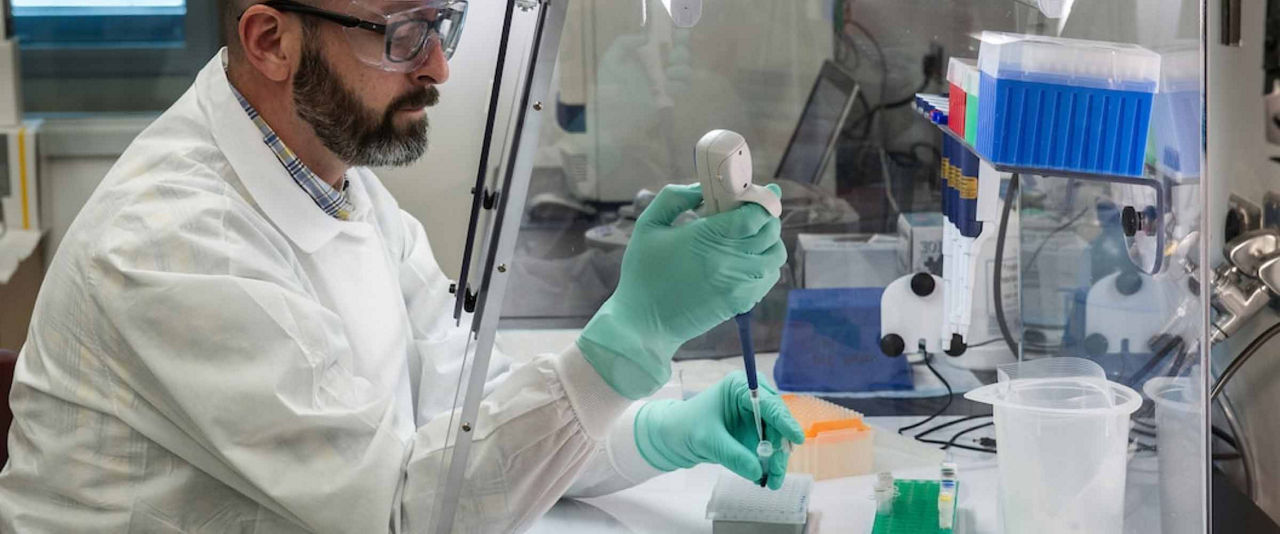Dr. Michael Didriksen, whose work with
Lundbeck Pharmaceuticals is bridging preclinical and clinical schizophrenia and psychosis science, presented a
webinar focused on the application of three
novel psychiatric disease models, all carrying high-risk genetic copy number variations (CNVs).
His presentation on the research applications of mice carrying high-risk CNVs generated substantial interest from the neuropsychiatric community. Here are some of the most popular questions we received from participating researchers, with Dr. Didriksen's responses:
Q: Considering the high penetrance of the CNVs, did you expect marked phenotypes?
Dr. M. Didriksen (
MD): It's very important to remember that the CNVs carried in these models are risk variants, which means that many human carriers do not become ill. The penetrance of diseases associated with these CNVs depends on interactions between environmental factors and genetic makeup.
Using these models as risk variants, we can study how the underlying biology interacts with other factors to influence disease.
Q: The CNVs in these models all predispose for schizophrenia, but their phenotypes are very different - how relevant are these mice as models of schizophrenia and other related neuropathology?
MD: Scientists can consider the mice as a model for the syndromes that the variants are describing. Using these models, scientists will gain better understanding of the underlying biology affected by these CNVs.
Importantly, this underlying biology may be relevant for other indications beyond schizophrenia, such as autism and epilepsy. It's important to focus on the symptomatic biology captured by these models, instead of focusing on one specific indication.
Q: What studies are you or collaborators considering next?
MD: We are focusing on these mice as risk models. One interest we have is combining these models with other "hits", such as prenatal and developmental environmental stressors. Using this "double-hit" approach, we've obtained data suggesting experimental interventions, applied during susceptible developmental timelines, can exacerbate certain phenotypes.
 Read the Taconic Biosciences' Insight:
Read the Taconic Biosciences' Insight:
Q: Are homozygous deletion models viable and fertile? Is there a gene dosage effect?
MD: The 22q11.2 and 1q21.1 models are not viable as homozygotes. Homozygous deletion of the 15q13.3 region has been observed in rare human cases, and the corresponding CNV mice are also viable with homozygous deletions. We've
published research describing the 15q13.3 mice as homozygotes, and we did observe gene-dosage effects.
Q: Have you considered crossing the hemizygous animals onto different strains to unmask gene-interaction phenotypes?
MD: This is something we've considered, but not done yet due to resource limitations. The initial characterization of these three models has been resource and time intensive, but it also provided necessary information to inform future experimental crossbreeding.
Q: Can you recommend cohort or sample sizes that are reliable for investigations with these mice?
MD: In general, we've used twelve to fifteen mice in a group. These numbers have given us clear data, but results will depend on the strength of an effect.
Q: What are the primary advantages of these models?
MD: Researchers can make knockout models to explore the basic function of a gene, which can help provide mechanistic understanding. However, to perform more translational studies related to human functions, you need models that carry human variants.
The advantage of these models is that they carry high-risk human genetic variants. The highly-penetrant variants in the CNV mice raise the likelihood of finding important biological signals.

 View the Taconic Biosciences' Webinar:
View the Taconic Biosciences' Webinar:
 Download the Taconic Biosciences' Infographic:
Download the Taconic Biosciences' Infographic:

















.jpg)

.jpg)
.jpg)
.jpg)
.jpg)





.jpg)


.jpg)
.jpg)




.jpg)




.jpg)

.jpg)





